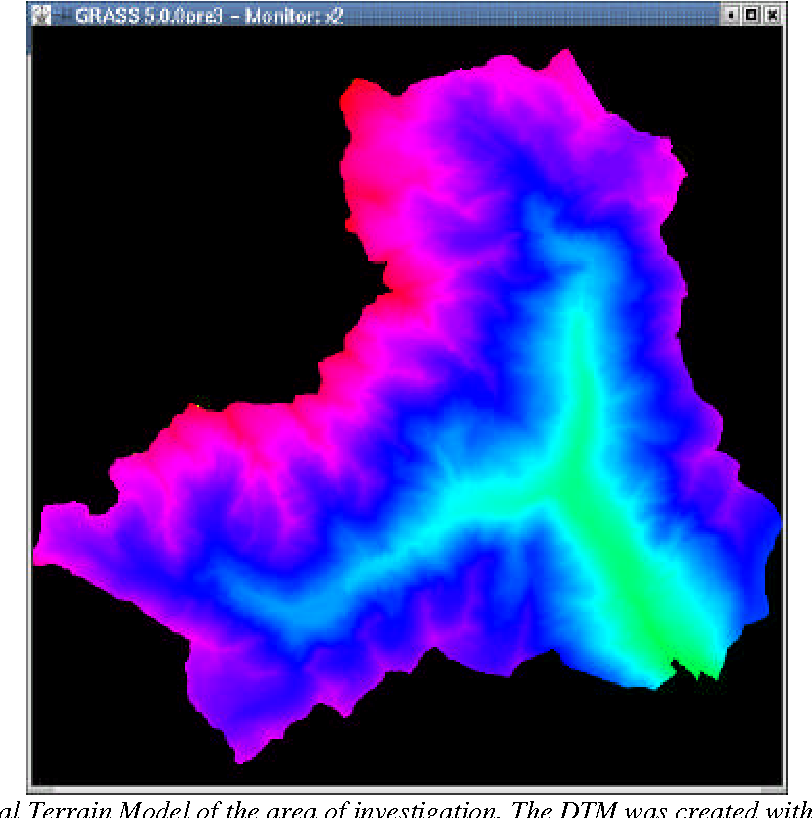


We can, however, accept a wide variety of formats, including: BMP, JPEG, PSD, EPS, Illustrator, SHP, and ArcMap MXD. The preferable image file format is an uncompressed TIFF in CMYK color space. When supplying image files that consist of a combination of different types of data, for example a TIFF satellite image and Vector overlays, please provide these as separate registered layers or files. The image that is to be applied to the model surface can be of any type: satellite, aerial, illustrations, graphs or any combination of these, thus allowing for the display of a wide range of information. There are, however, times when vertical exaggeration is appropriate and STM can provide guidance in this area. In fact, modifying the vertical scale can often become counter-productive if portraying “what it really looks like” is important for public illustration or legal presentations. While it is common to expect that vertical scale exaggeration is necessary when modeling terrain, STM’s rendering process brings out the most subtle of details in terrain data, therefore making vertical exaggeration unnecessary. STM can assist with any data issues as required. For example a 48″ x 96″ model should have at least 1200 x 2400 input data points at 25 ppi. We typically require DEM data of sufficient density to support 25 postings per inch (at model scale) but can sometimes use data down to 12 postings per inch (ppi). We can also up-sample or down-sample your data if necessary. The projection information for your DEM is also required. Please call us if you wish to supply data in BSQ format for specific instructions. The DEM should be supplied in Erdas Imagine (.IMG), Surfer Grid (.GRD), GeoTIFF (.TIF or .TIF/.TFW), Band Sequential (.BSQ) or any of the industry standard DEM formats. In addition, the limits and projection of the image and the DEM must be the same for proper alignment.
Model terrain with surfer 12 registration#
Image data must be orthorectified and precisely registered to the DEM (Digital Elevation Model.) The importance of registration between the image and the DEM can not be stressed enough.


 0 kommentar(er)
0 kommentar(er)
